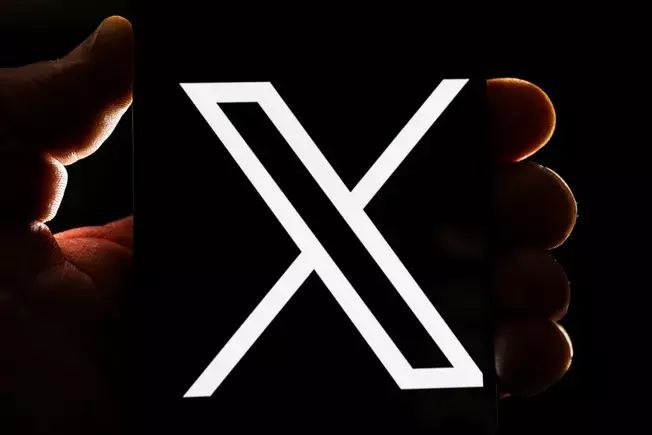In what seems to be a bewildering shift in policy, X, the social media platform formerly known as Twitter, is contemplating the removal of its blocking feature, a move that has raised eyebrows among users and experts alike. This contemplation can be traced back to Elon Musk’s own experiences with being blocked on the platform, prompting him to criticize the existence of what he calls “giant block lists.” While the intent might be to enhance user engagement or increase content visibility, this proposed change poses critical concerns regarding user safety and privacy.
Musk has been vocal about his belief that blocking functionalities are largely ineffective, primarily because users can simply create alternate accounts to view restricted content. While this argument holds some validity — especially considering the nature of digital identities — it fails to consider the nuanced reasons why individuals choose to block others. Blocking remains a fundamental tool for managing personal interactions online, especially in an era rife with harassment, bullying, and unwanted attention.
The planned policy states that blocked accounts will still have access to users’ public posts, albeit without the ability to engage with them. The statement issued by X suggests that maintaining visibility for blocked accounts would enhance transparency; if someone blocks you yet speaks negatively about you, you should be able to see that behavior. However, this rationale is fundamentally flawed. It downplays the primary intention behind blocking, which is often to protect oneself from outright harassment or to distance oneself from negative interactions. The proposed change, disguised as a transparency initiative, overlooks the core need for personal safety and peace of mind in online spaces.
Interestingly, both the Apple App Store and Google Play Store have established guidelines that require social apps to include blocking options. X’s apparent disregard for these stipulations raises questions about compliance and user rights. It suggests that the platform is not merely experimenting with functionality; rather, it may be seeking to redefine the very nature of user interaction on its platform. The long duration of this policy review indicates that X is deeply considering how to navigate these app store requirements while also appeasing its owner’s unconventional ideologies.
Moreover, the implications extend beyond compliance; they seep into community dynamics and user trust. By negating the efficacy of blocking, X risks alienating a significant portion of its user base who rely on these features for interaction comfort. The trust that comes from knowing that one can effectively manage who engages with their content is not something to be underestimated.
An essential ethical dimension arises when considering the motivations behind X’s push for such a radical change. By enabling the visibility of blocked accounts, the platform enhances content exposure, arguably at the expense of users’ comfort and safety. Such a move follows a troubling trend in which user engagement metrics are prioritized over the mental and emotional well-being of the user community.
The targeting of specific demographics, particularly those part of organized block lists, seems to be a part of this strategy. It inadvertently promotes divisive content while hindering marginalized voices who might already feel underrepresented on the platform. In essence, the platform could become a breeding ground for negativity and conflict, rather than a space for engagement and constructive dialogue.
The right to block someone is not just a trivial feature; it is an expression of personal boundaries in an increasingly complicated digital landscape. Users should have the unassailable right to curate their online experiences, free from unwanted intrusion. Removing this functionality can potentially lead to exacerbated harassment and invasions of privacy.
Moreover, the notion that individuals can simply create new accounts to continue to trouble those who have opted to block them raises questions about the effectiveness of current moderating technologies. While platforms can employ algorithms and IP tracking to combat these behaviors, the overlaying assumption that users won’t take harassment to the next level is simplistic.
While X’s proposed update may emerge from an intention to understand and modify user dynamics, it ultimately threatens to erode crucial protective measures that millions rely on for safe digital interaction. The direction X appears to be taking under Musk’s influence raises alarms that should not be ignored. Users deserve not just more access to content but also a platform that honors their rights and feelings. As the debate unfolds, it remains crucial for users to assert their demands for safety and representation, ensuring their needs are prioritized in the evolving landscape of social media interactions.


Leave a Reply